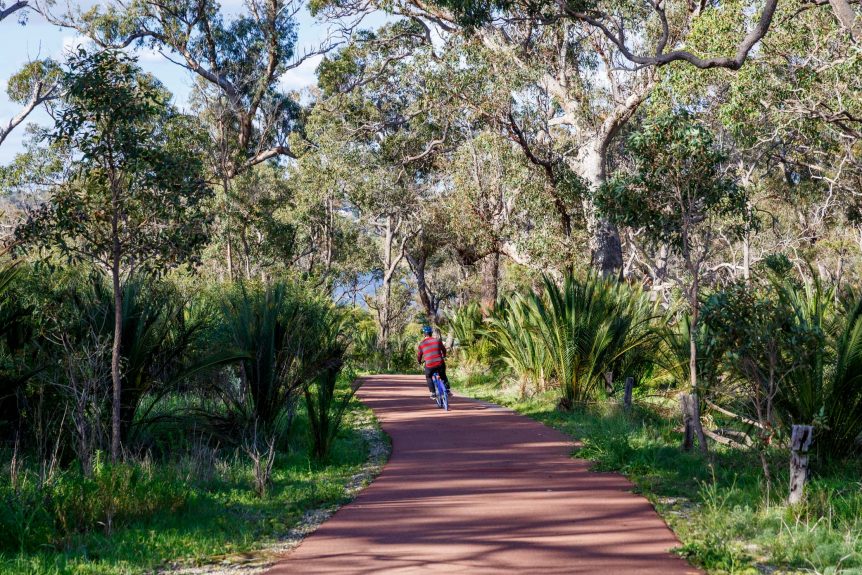Hand signals are used by cyclists for a couple of different purposes.
Firstly they can let others know what a rider is about to do and secondly they can warn other cyclists or motorists about road conditions.
Many of us might have some vague recollection of being told to signal with a hand in the direction we intend to turn when riding a bike but there are a bunch of helpful signals that can be used.
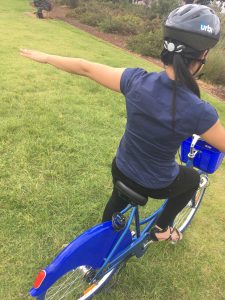 RIGHT/LEFT TURN
RIGHT/LEFT TURN
This is one of the basic signals.
Your hand acts as an indicator light on a car does.
Extend either your right arm if turning right or your left arm if turning left, away from your body at a 90 degree angle.
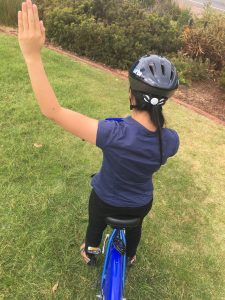
STOP
Make a fist with your hand behind your back or raise your hand above your head.
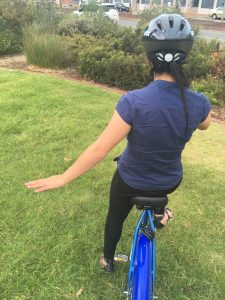
SLOWING
This one is especially useful when riding in front of other cyclists.
Put one arm to your side, with your palm facing down and push your hand up and down.
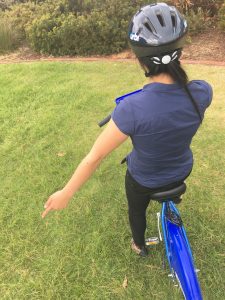
UNEVEN ROAD
Sometimes there is little time to warn cyclists of something like a pothole if you are riding in a group, so you might just call out to them if you spot some sort of obstruction on the road.
But if you do have time to warn other road users with a hand signal the best way is to point towards the obstacle.
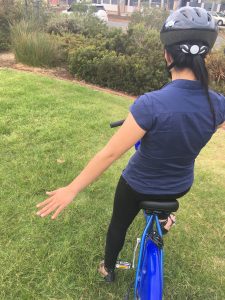
LOOSE SURFACE
To warn of loose debris such as sand or gravel riders should put their hand out to the side and do a sort of downwards wave, tilting your hand back and forth.
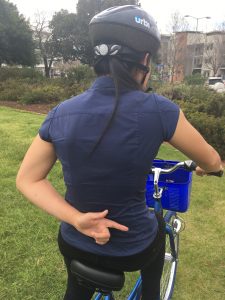
HAZARD AHEAD
A car parked on the road or an open car door can be hazardous for cyclists, so when riding in a group it is always good to let those behind you know if something like this is up ahead.
Place an arm behind your back and point in the direction that cyclists need to ride to avoid the hazard.

